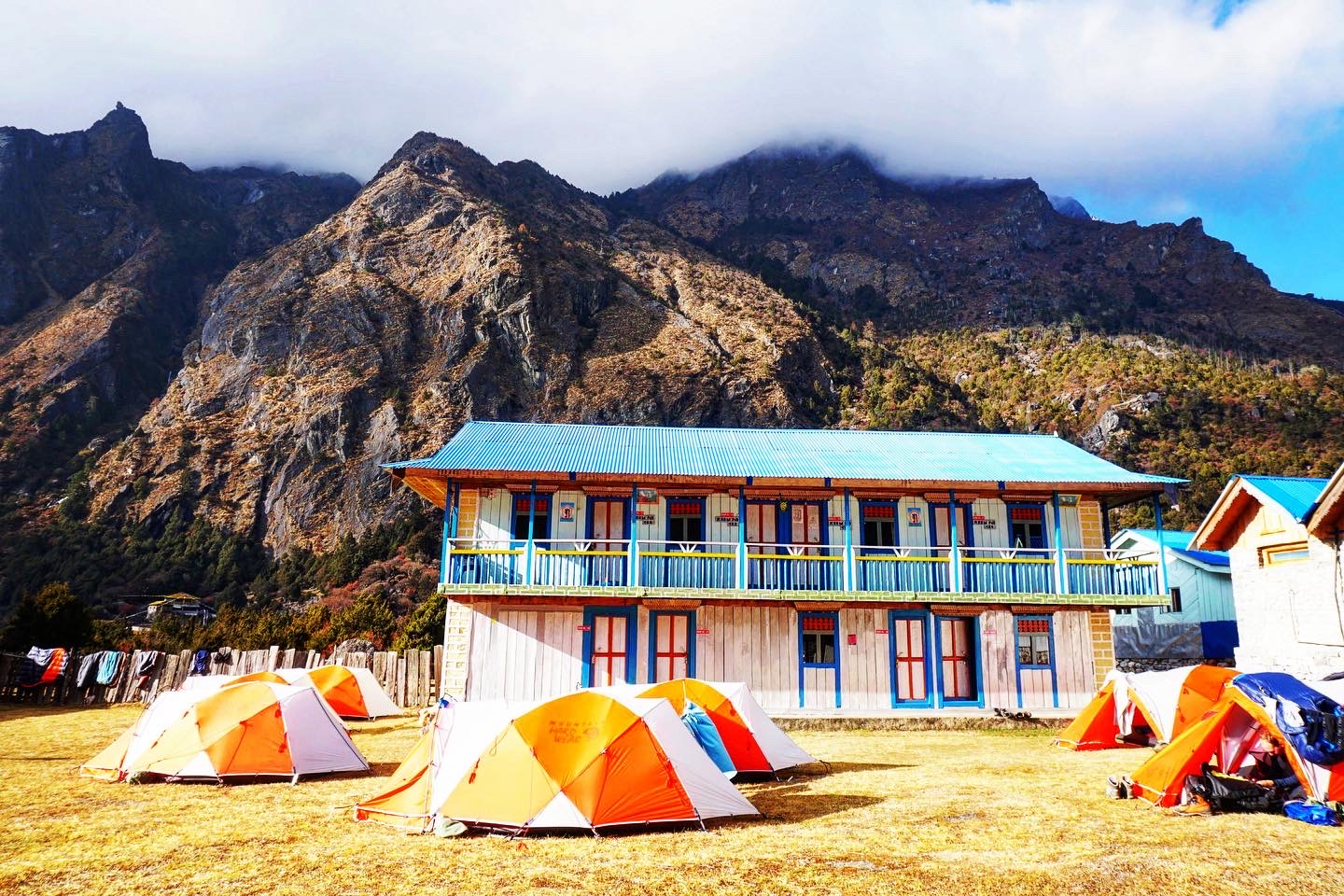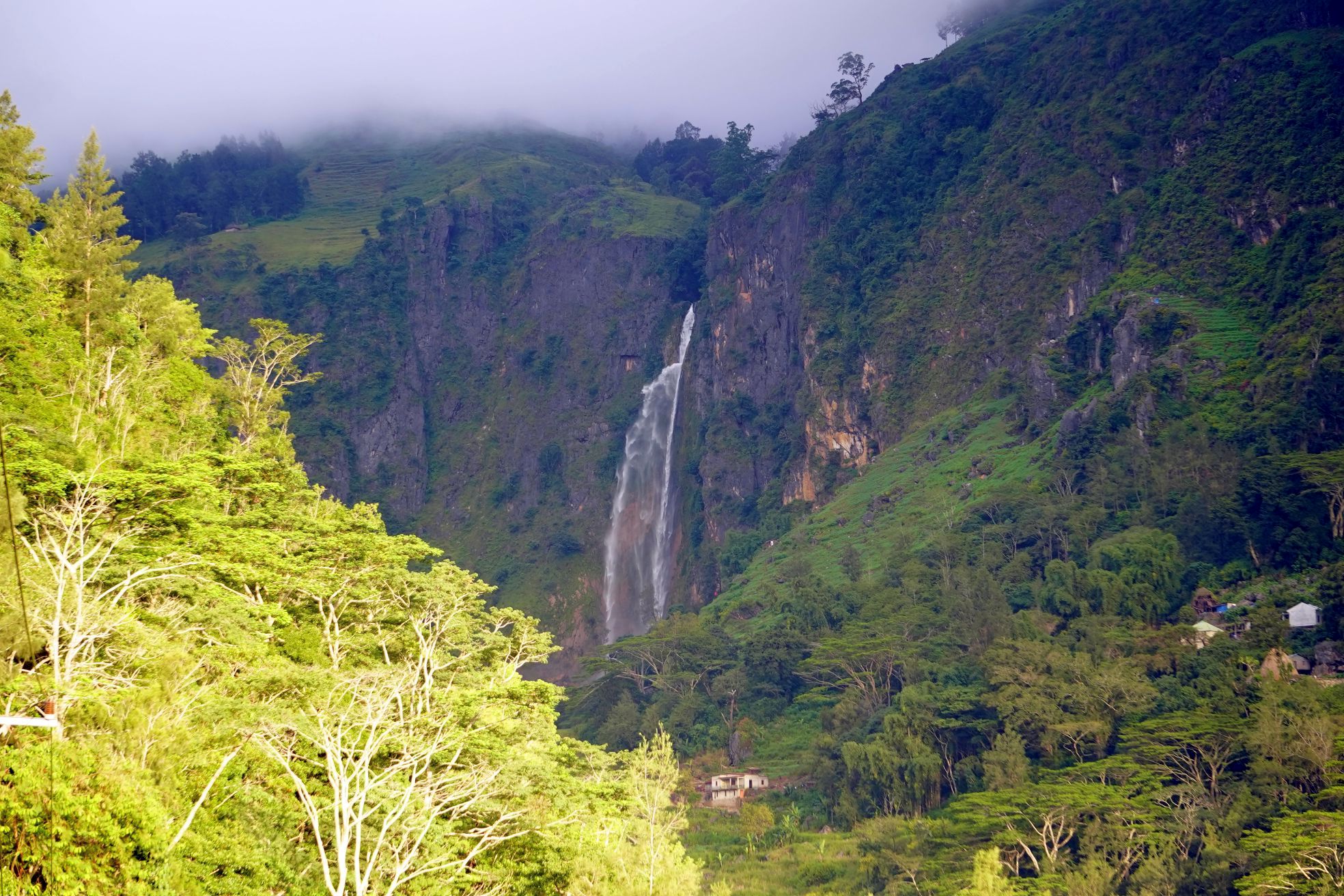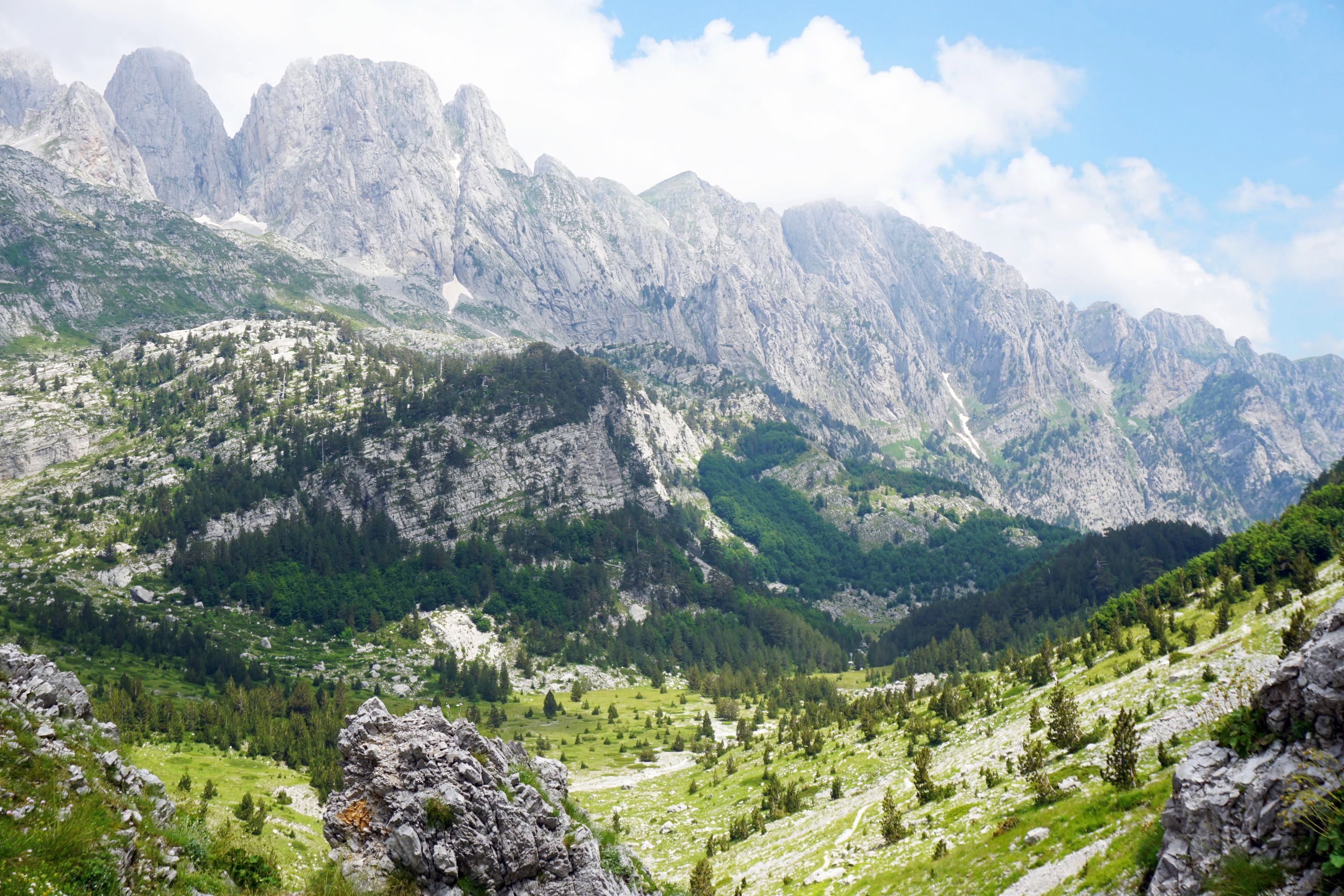The hiking epicentre of Kanchenjunga, Ghunsa is a small Tibetan village 3,700m above sea level that has four trails running through it, including the only route to the northern Kanchenjunga Base Camp. I had planned to spend three nights here, but that became five due to illness, so got to know the place rather well.

I fell ill on my first night in Ghunsa. I was unsure whether it was altitude sickness (as the highest spot I’d walked on the trail at that point) or a nasty stomach bug. It turned out to be the later, which was better as it meant I could continue the trip once well, though I missed visiting the northern base camp. After two hellish days I broke the back of the bug with antibiotics, vegetable momos (Nepalese dumplings) and an epic twelve hour sleep.
Other than the sub zero overnight temperatures and 6 hours of sunshine a day (warm but tempered by cold wind), Ghunsa was a pretty good spot to be ill, surrounded by epic mountain scenery and well equipped guest houses. It is home to about 200 people in 45 houses, all Tibetan. Originally they settled in Khambachen, 5 hours walk and 400m higher up the valley and Ghunsa was the relatively warmer winter home. The name Ghunsa apparently means winter place. Now Ghunsa is the main village and Kathmandu is the winter home for many.



There are at least nine guest houses in Ghunsa. I stayed at Kanchenjunga Guest House. The owners were lovely, the service and food was great, and the place had charm and character. The guest house is open half the year, they’re closed over winter (Dec-Feb) when owners go to Kathmandu to be with family, and over summer during the monsoon when agriculture keeps them busy in Ghunsa. The owners grandfather, like many others in the village, escaped Tibet and made a new life in Nepal, gaining Nepalese citizenship.


Once I was feeling better I went for a 13km acclimatisation walk up around 400m to prepare myself for staying at Khambachen, 4,100m above sea level, the following two nights. A clear path heads up the hillside by the hydroelectric plant, through attractive forest. The plant provides all the electricity in the village, though only from late morning to the evening as the streams freeze overnight.





It then opened up to valley views, with the Yamtari Khold river below and plenty of autumn colour.



Continuing further up the views kept improving, offering the first properly epic mountain views after a week walking the Kanchenjunga Circuit. Ahead was the Yamtari Glacier surrounded by a bunch of 6,000m plus mountains.




The views coming back down in the sunshine weren’t bad either.



After lunch I headed back out for a more sedate walk around the village. Half the buildings appear to be traditional homes…





The other half are increasingly flash guest houses, though in mid-November there didn’t appear to be many guests around.




The prayer flag laden suspension bridge looked more reassuring, though lacked the charm, of the former bridge.



To finish with the slightly eerie Tashi Chhyoling Monastery. There was no one around but there was a welcome sign, and you could access the kitchen underneath the temple, and there were some unusual leather prayer wheels outside. Speaking with the guest house owner the last of the monks based there died years ago so now it is rarely used. They have to call in monks for special occasions as needed.









Leave a Reply to jontycraneCancel reply